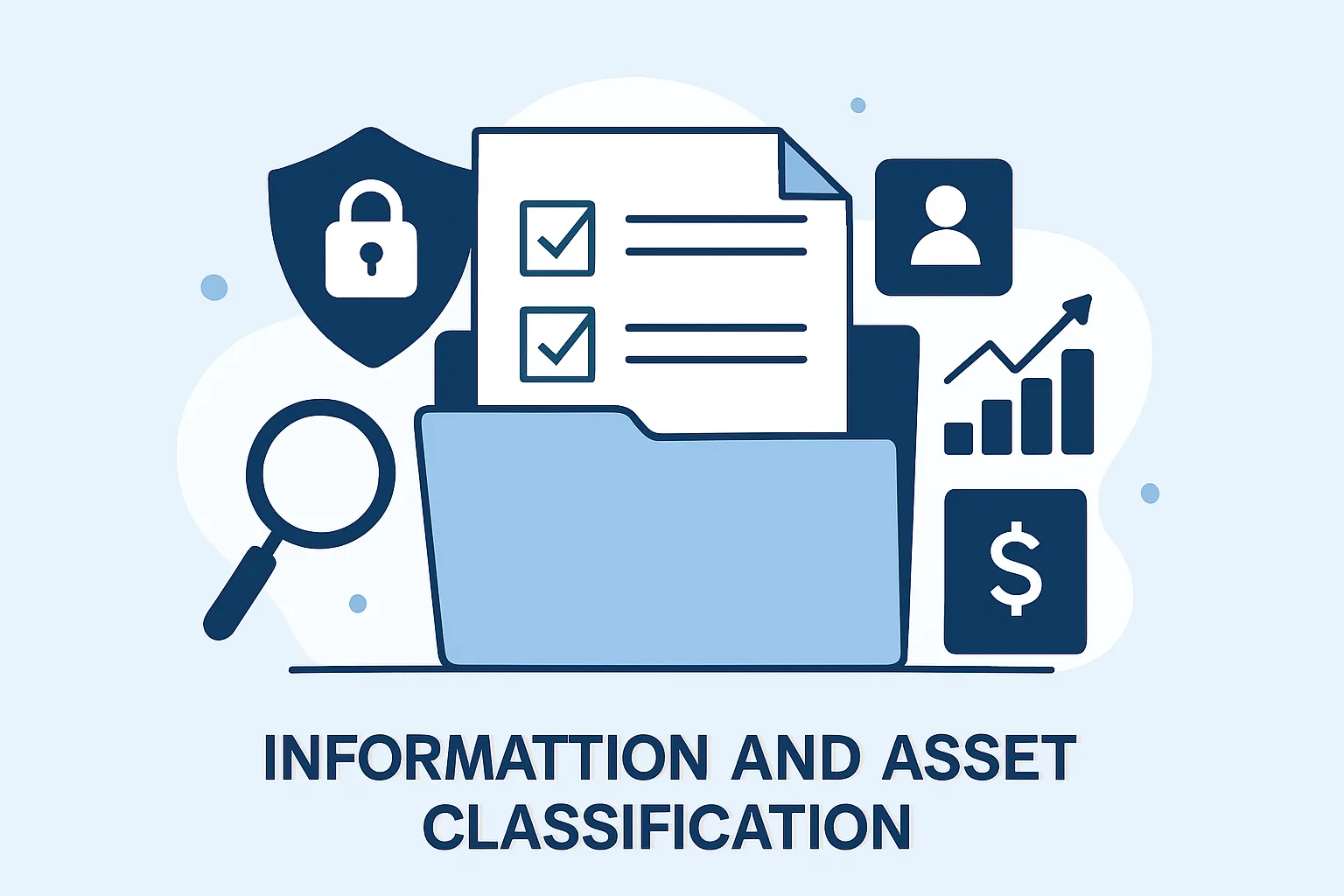What is Information and Asset Classification?
Information and asset classification is the process of categorizing data and physical/digital assets based on their sensitivity, value, and regulatory requirements. This classification helps organizations determine how to store, handle, and secure their resources.
Typical classification tiers might include:
- Public: Information intended for general public access.
- Internal Use Only: Information that is not confidential but should not be publicly disclosed.
- Confidential: Sensitive information that could cause harm if disclosed.
- Restricted/Highly Confidential: Critical data with significant legal or financial implications if exposed.
Assets include not only digital data but also physical devices, hardware, software, databases, and network infrastructure.
Why is Classification Important?
- Risk Management: Identifying sensitive data allows organizations to apply appropriate security controls.
- Compliance: Many regulations (such as GDPR, HIPAA, and ISO standards) mandate proper data classification.
- Efficiency: Streamlines data access and usage policies across departments.
- Incident Response: Aids in prioritizing incident handling based on asset sensitivity.
- Cost Control: Reduces unnecessary data protection expenditures by focusing resources on high-risk areas.
Best Practices for Effective Classification
1. Establish a Clear Classification Policy
Begin with a well-documented policy that defines classification levels, criteria, and handling procedures. Ensure the policy aligns with legal and regulatory obligations and is endorsed by leadership.
2. Identify and Inventory Assets
Create a comprehensive inventory of information and assets. This includes data types, storage locations, applications, endpoints, servers, and cloud environments.
3. Label and Tag Data
Use labels or metadata tags to mark data according to its classification. This enables automated tools and users to recognize and handle data appropriately.
4. Automate Where Possible
Leverage tools for automated data discovery and classification. These can scan emails, file systems, and databases to identify and categorize information based on predefined rules.
5. Regular Training and Awareness
Ensure staff understand classification levels and their responsibilities. Conduct regular training to keep employees informed about changes and reinforce data handling procedures.
6. Apply Role-Based Access Control (RBAC)
Grant access based on user roles and classification levels. This limits exposure of sensitive information to only those who need it.
7. Continuously Review and Update
Classification is not a one-time task. Regularly review and adjust classifications and policies in response to business changes, regulatory updates, or emerging threats.
8. Monitor and Audit Usage
Track access to classified assets and monitor for misuse or anomalies. Regular audits ensure compliance and identify gaps in enforcement.
Conclusion
Information and asset classification is critical for safeguarding an organization’s data, maintaining compliance, and ensuring smooth operations. By following best practices and adopting a structured approach, businesses can reduce risks, streamline data governance, and foster a culture of security awareness across the organization.
Whether you’re a small business or a large enterprise, implementing a robust classification framework is an essential step toward securing your digital future.


